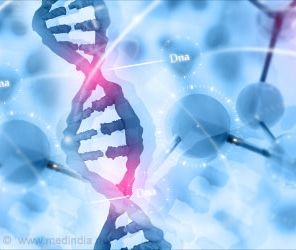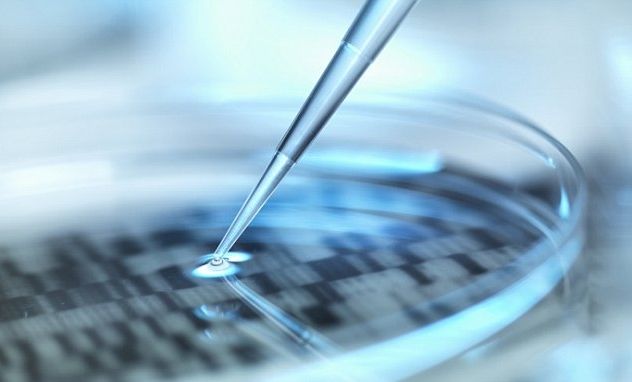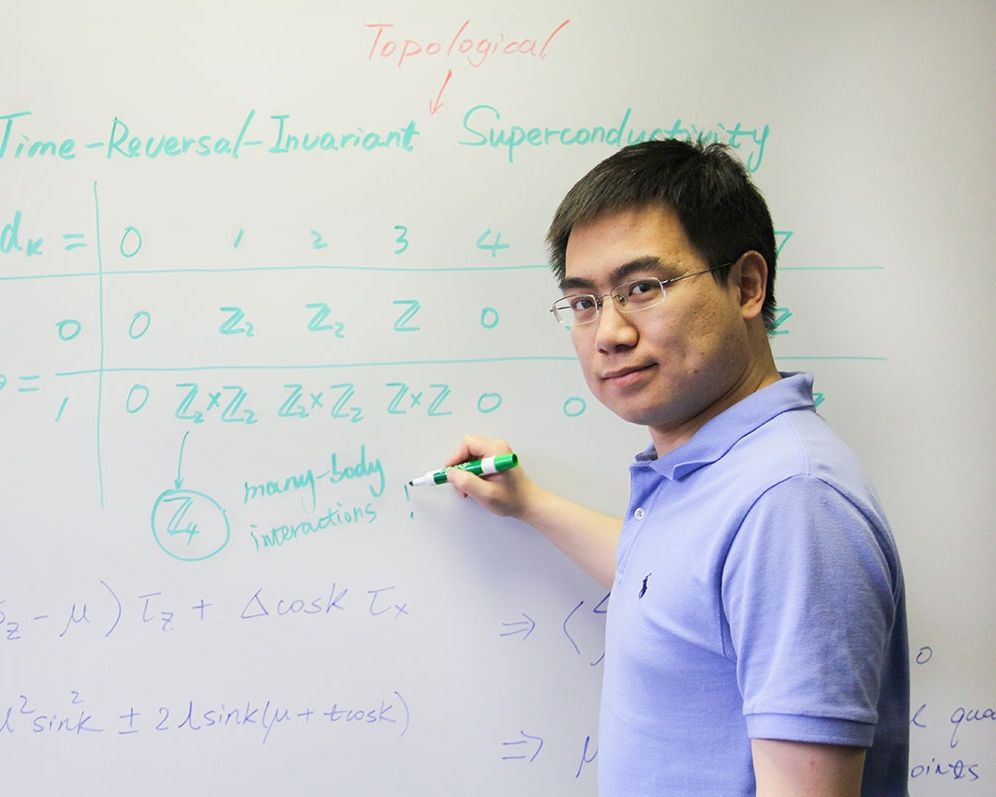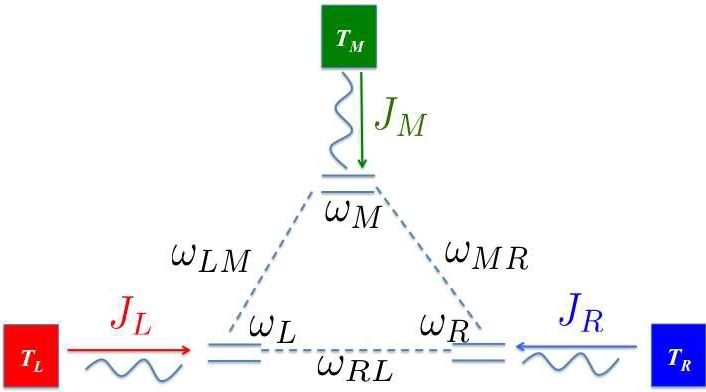Page 11132
May 31, 2016
Finding a New Formula for Concrete
Posted by Karen Hurst in categories: engineering, materials
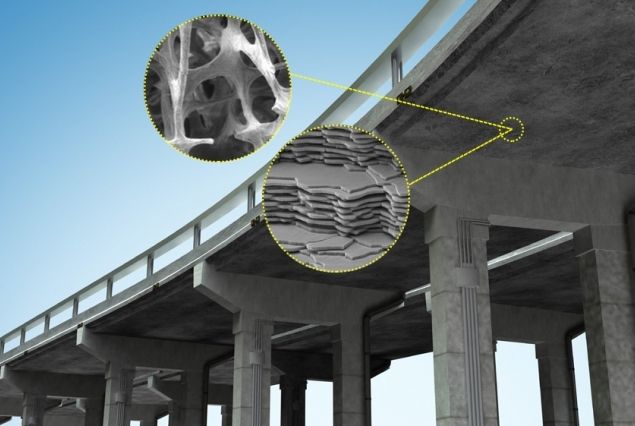 Researchers at MIT are seeking to redesign concrete — the most widely used human-made material in the world — by following nature’s blueprints.
Researchers at MIT are seeking to redesign concrete — the most widely used human-made material in the world — by following nature’s blueprints.
In a paper published online in the journal Construction and Building Materials, the team contrasts cement paste — concrete’s binding ingredient — with the structure and properties of natural materials such as bones, shells, and deep-sea sponges. As the researchers observed, these biological materials are exceptionally strong and durable, thanks in part to their precise assembly of structures at multiple length scales, from the molecular to the macro, or visible, level.
From their observations, the team, led by Oral Buyukozturk, a professor in MIT’s Department of Civil and Environmental Engineering (CEE), proposed a new bioinspired, “bottom-up” approach for designing cement paste.
May 31, 2016
Can Tracking Our Hormones Make Us Smarter With Money?
Posted by Karen Hurst in category: economics
Bad with money? Blame it on your hormones according to Richard Thaler.
Let’s face it: most of us suck at managing money.
According to a National Bureau of Economics working paper published this March, roughly three quarters of all American households carry some form of debt. 40% haven’t paid off their credit cards. Nearly half have no savings at all. And the US isn’t alone: Canada, the UK and Australia are in roughly the same debt-ridden neighborhood.
Continue reading “Can Tracking Our Hormones Make Us Smarter With Money?” »
May 31, 2016
Gene BRCA1 Plays An Important Role In DNA Repair
Posted by Karen Hurst in categories: biotech/medical, genetics
Interesting.
The research, published in Nature Structural and Molecular Biology, explains how the gene encourages the attachment of the protein, ubiquitin, to other proteins and plays a vital role in DNA repair. Should the results be confirmed by further studies, it is possible that patients with certain genetic changes in BRCA1 could be identified as being at higher risk of breast and ovarian cancer.
May 31, 2016
First gene therapy for children is approved in Europe: Radical treatment for rare ‘bubble boy’ disorder has a 100% survival rate
Posted by Karen Hurst in category: biotech/medical
Great news for precision medicine.
European regulators have given the green light for a British drug firm to produce the world’s first gene therapy treatment for children.
GlaxoSmithKline was given approval by the European Commission to provide the treatment to children with a rare immune disorder — which can be fatal for those affected.
May 31, 2016
Creation of Weak Materials Offers Strong Possibilities for Electronics
Posted by Karen Hurst in categories: computing, electronics, physics
New fundamental research by UT Dallas physicists may accelerate the drive toward more advanced electronics and more powerful computers.
The scientists are investigating materials called topological insulators, whose surface electrical properties are essentially the opposite of the properties inside.
“These materials are made of the same thing throughout, from the interior to the exterior,” said Dr. Fan Zhang, assistant professor of physics at UT Dallas. “But, the interior does not conduct electrons — it’s an insulator — while the electrons on the surface are free to move around. The surface is therefore a conductor, like a metal, but it is in fact more robust than a metal.”
Continue reading “Creation of Weak Materials Offers Strong Possibilities for Electronics” »
May 31, 2016
Are black holes HOLOGRAMS?
Posted by Karen Hurst in categories: cosmology, quantum physics

Black Holes possibly be Holograms?
Researchers at the Max Planck Institute for Theoretical Physics in Munich, Germany, have used quantum gravity to estimate the chaotic structure that may exist within black holes.
May 31, 2016
Quantum thermal transistor can control heat currents
Posted by Karen Hurst in categories: computing, quantum physics
(Phys.org)—Researchers have designed a quantum thermal transistor that can control heat currents, in analogy to the way in which an electronic transistor controls electric current. The thermal transistor could be used in applications that recycle waste heat that has been harvested from power stations and other energy systems. Currently, there are methods for transporting and guiding this heat, but not for controlling, amplifying, and switching the heat on and off, as the quantum thermal transistor can do.
The researchers, Karl Joulain et al., at the University of Poitiers and CNRS in France, have published a paper on the quantum thermal transistor in a recent issue of Physical Review Letters.
“To manage electricity, one uses electronic diodes, transistor and amplifiers,” Joulain told Phys.org. “We would like to do the same thing with thermal currents. We would like to make logical thermal circuits in the same way electronic thermal circuits have been designed. In this way, wasted heat could be guided, switched on or off, amplified or modulated.”
May 31, 2016
North Korean Facebook clone spotted; hacked shortly
Posted by Karen Hurst in categories: computing, cybercrime/malcode
According to Mirror Online, the youngster is studying computing at college.
This gave the 18-year-old full control over the site, including the ability to “delete and suspend users, change the site’s name, censor certain words and manage the eventual ads”, as well as being able to “see everyone’s emails”.
Go to starcon.net.kp and you’ll find a very familiar looking website.
Continue reading “North Korean Facebook clone spotted; hacked shortly” »
May 31, 2016
The Coming Genetic Editing Age of Humans Won’t Be Easy to Stomach
Posted by Zoltan Istvan in categories: 3D printing, bioengineering, biotech/medical, genetics, government, health, transhumanism, transportation
My new article for Vice Motherboard on extreme biohacking that compares the Uncanny Valley to Speciation Syndrome:
Transhumanism tech like CRISPR, 3D printing, and coming biological regeneration of limbs will not only change lives for those that have deformities, but it will change how we look at things like a person with a three-foot tail and maybe even a second head.
At the core of all this is the ingrained belief that the human being is pre-formed organism, complete with one head, four limbs, and other standard anatomical parts. But in the transhumanist age, the human being should be looked at more like a machine—like a car, if you will: something that comes out a particular way with certain attributes, but then can be heavily modified. In fact, it can be rebuilt from scratch.
Continue reading “The Coming Genetic Editing Age of Humans Won’t Be Easy to Stomach” »

